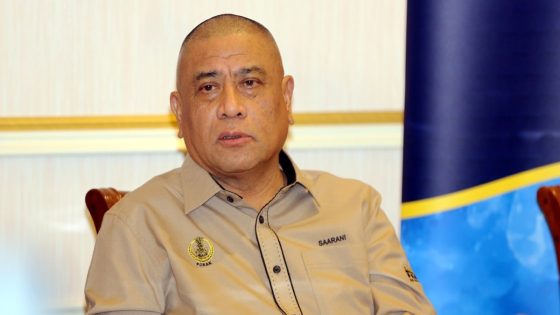On February 2, 2025, Julio Garcia was re-elected as the president of the Santa Catarina Legislative Assembly (Alesc). This pivotal moment could reshape the dynamics between Governor Jorginho Mello and the assembly. What changes can we expect in the political landscape of Santa Catarina?
- Julio Garcia elected Alesc president with 37 votes.
- Jorginho Mello faces potential resistance in Alesc.
- MDB divided on increasing government participation.
- Kennedy Nunes appointed new Secretary of Casa Civil.
- Julio emphasizes independence and harmony in governance.
- Focus on infrastructure and regional issues highlighted.
What Changes Will Julio Garcia Bring to Alesc and Its Relationship with the Governor?
Julio Garcia’s leadership is expected to influence the legislative approval process for Governor Jorginho Mello’s initiatives. Will Garcia’s presidency lead to a more critical stance on government proposals? With a strong backing from 37 out of 40 deputies, Garcia’s position could challenge Mello’s administration significantly.
How Will Garcia’s Leadership Impact Legislative Decisions in Santa Catarina?
Garcia’s presidency may usher in a more independent approach to legislative decisions. As he aims to maintain a balance between cooperation and oversight, the following points are crucial:
- Increased scrutiny of government projects.
- Potential challenges to Mello’s proposals.
- Focus on regional issues and infrastructure.
- Strengthened alliances with opposition parties.
What Are the Key Priorities for Garcia During His Term?
Garcia has expressed intentions to prioritize infrastructure and regional concerns. By engaging with local representatives, he aims to address pressing issues faced by the citizens of Santa Catarina. This proactive approach could enhance the visibility of the assembly’s role in governance.
How Will Political Alliances Shape Future Elections in Santa Catarina?
The evolving political landscape suggests that alliances will play a critical role in the upcoming 2026 elections. Garcia’s potential candidacy against Mello could lead to a competitive race, influencing the strategies of various parties.
In conclusion, Julio Garcia’s presidency marks a significant turning point for Alesc and its relationship with the state government. As political dynamics shift, the implications for governance and regional representation will be closely watched.






























